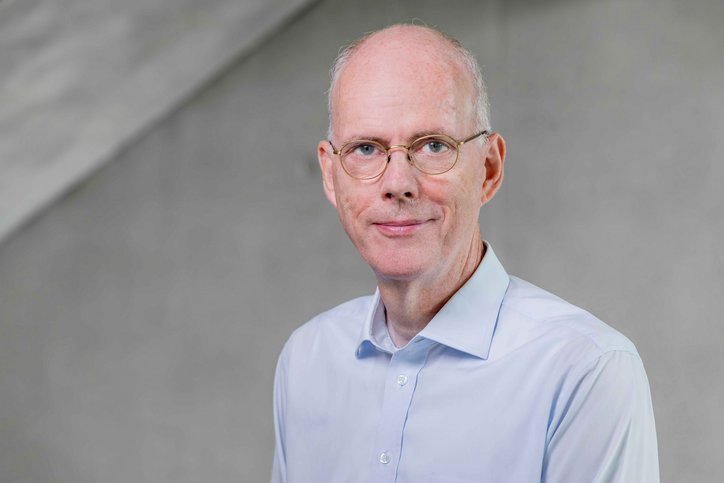The equipment of the laboratory in Berlin-Karlshorst was at first very modest. The engineering laboratory was established on the ground floor. The physics laboratory, the board-room and the office were located on the first floor. Under the stairs there was a darkroom. The laboratory worker was given a dwelling in the attic. The caretaker acted as an additional laboratory assistant.
F. Framm, head of the institute since 1902, devoted himself especially to the establishment of a consistent analytical procedure for Portland cement. He was also involved in the work of the seawater committee and in the establishment of the standards for the consistent delivery and testing of Portland cement.
Under the management of G. Haegermann (1923-1945) the team at the Karlshorst laboratory initially grew to five employees. In 1925, it was augmented by a mineralogist. The tests which the laboratory undertook included the general cement testing of samples from 83 Association factories, the weekly testing of the standard sand and the random testing of foreign cements.
Haegermann’s main interest was in all questions relating to standards testing. He was especially interested in the determination of strength on hardened test specimens from standard mortar, and also the change in the technical mortar properties through the individual clinker phases, the addition of salts or surface-active substances. His numerous publications were concerned with the control of the concrete at the construction site, with the application potential and the properties of natural cement, added bitumen in concrete, and screening results from the 4900-mesh screen. Haegermann pursued the question as to whether the mixing water could be the cause of a setting failure. In addition, he studied the resistance of the cements to corrosive solutions. His work should be of particular benefit to producers and users. He therefore strictly refrained from any advertising.
At a later period, the laboratory building was augmented by a concrete technology department, and from 1928 to 1935, A. Hummel took over the management of the department. Apart from this, an experimental plant for the production of Portland cement was set up. The firm G. Polysius-Dessau funded the experimental rotary kiln for this and the firm F. Krupp-Grusonwerk a ballmill. A further room was provided for a collection for teaching and learning purposes. The theme of the collection was the historical development of the test apparatus and the mineral binders and also their production.
In 1943, the research laboratory in Karlshorst was damaged by bombs. The work of the institute was not resumed until after the war, in Düsseldorf.

